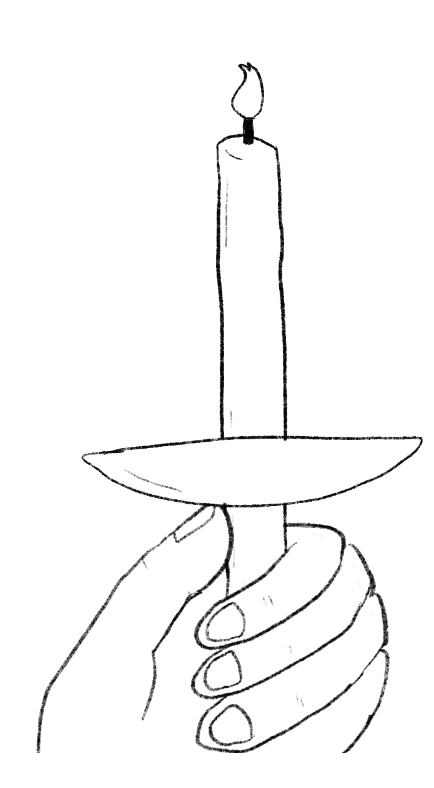Mass shootings

Mass shootings and gun violence consistently generate headlines in America, making journalists across the country more exposed and prone to covering these traumatic events for their newsrooms. Over 200 people lost their lives in 42 mass shootings in 2023, marking one of America's deadliest years. Students have been caught up in the violence and trauma.
"I was an intern at NBC Nightly News when the Nashville school shooting occurred. I did not think that I'd be working on a story like that as a 19-year-old intern. And it was not something that I was personally prepared for."
Viola Flowers, class of '24 at Stony Brook University
Emmy Martin was just starting her role as the editor-in-chief of The Daily Tar Heel, the student-run newspaper at the University of North Carolina (UNC), when a shooting occurred on campus in August 2023. Not only did she have to cope with her own fear and trauma, she also had to lead a newsroom that the community was turning to for information.
The paper attracted national attention for their powerful front-page story: a collection of text messages students sent and received the day of the shooting.

Martin was praised for her "smart" coverage and how well she navigated the tragedy, but the compliments do not always sit right with her.
"It's a really weird feeling to be congratulated for something that is coverage of a really horrible event and, in my opinion, it's just service. Getting this attention, while it's lovely . . . just feels ingenuine."
Emmy Martin, editor-in-chief of The Daily Tar Heel
The Committee to Protect Journalists (CPJ) offers a guide to psychosocial safety when covering mass shootings. They advise approaching the scene with intentions of showing humanity -- evaluating if families at the scene need to be interviewed at that moment, discerning what images your audience really needs to see and conducting trauma-informed interviews with those willing to talk.
Elaine Aradillas is no stranger to mass shootings -- she covered 20 during her time at People magazine. But when the Uvalde elementary school shooting struck in May 2022, Aradillas knew it had to be her last. This one hit too close to home.

Aradillas, a former crime reporter for People magazine and The Messenger, lives in San Antonio, Texas. She feels geographically and culturally close to Uvalde, which she describes as a largely Mexican city. As a Mexican-American herself, the shooting felt more personal. "I've interviewed victims over and over and over and over, and it's the same story. I know what's coming," she said.
Both Martin and Aradillas emphasized the empathy they have for survivors and shared that hearing the news of other mass shootings affects them differently now.
"There are definitely triggers. When a breaking news moment happens and I see it's a mass shooting, there is this thing that happens inside of me that . . . all I can describe it as is dread. It's almost like I'm holding my breath and waiting."
Elaine Aradillas, former crime reporter for People magazine and The Messenger
To cope with some of these feelings, Aradillas recommends that student journalists consider having therapy in college. She says to think of it almost like an internship -- learning how to use therapy properly while it is affordable, before reaching a point of dire need in their careers.
UNC recognizes the importance of this by embedding a pyschological counselor in the School of Journalism and Media. The current counselor, Carolyn Ebeling, is an alumni of The Daily Tar Heel. "Students enjoy having dedicated staff members and having access to a person who is there for them when they need it," Ebeling said.
As Martin continues to heal from the UNC shooting, she emphasizes the importance of talking about the experience with your peers.
"I think that talking about it really does help. If anyone is going through something like that, I suggest talking to other people who experienced it with you."
Emmy Martin, Editor-in-Chief of The Daily Tar Heel
The Dart Center for Journalism and Trauma provides guidance on covering homicides and mass shootings, as well as other valuable information for journalists. The Committee to Protect Journalists (CPJ) used to focus largely on the physical safety of journalists, but now offers considerable resources to help with pychosocial health.
Lucy Westcott, emergencies director of the CPJ, confirms the importance of talking to colleagues. "In my experience, journalists like to speak to other journalists because they understand, so it's sometimes better to speak with a colleague, rather than necessarily always going to your boss or going to HR, who are of course, great resources as well."
See How to Talk to Your Boss in our section on "Coping Strategies" for further information.